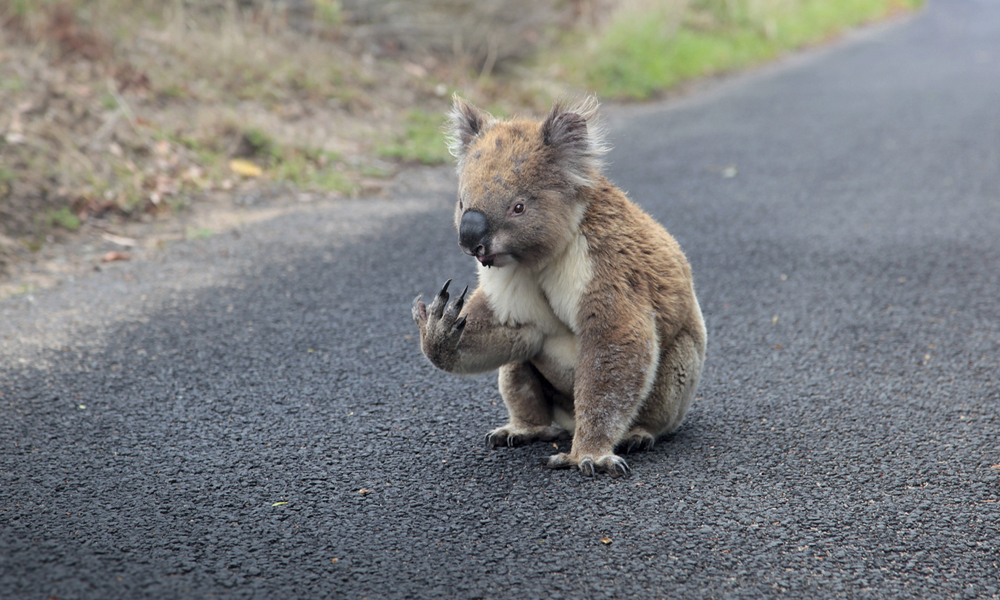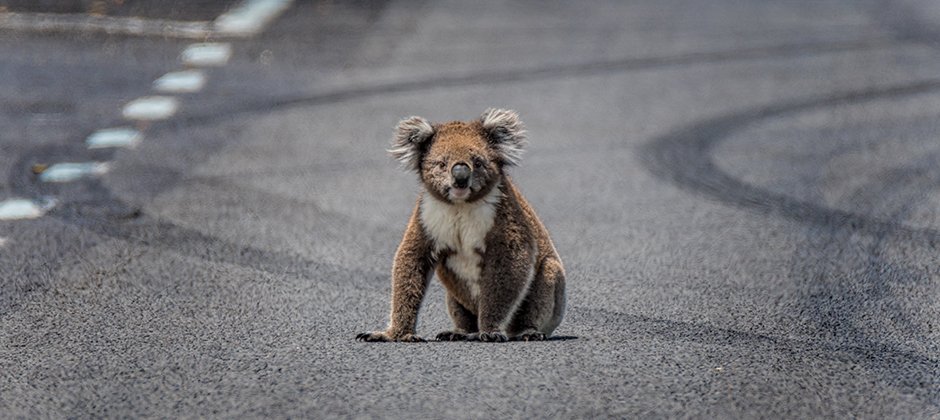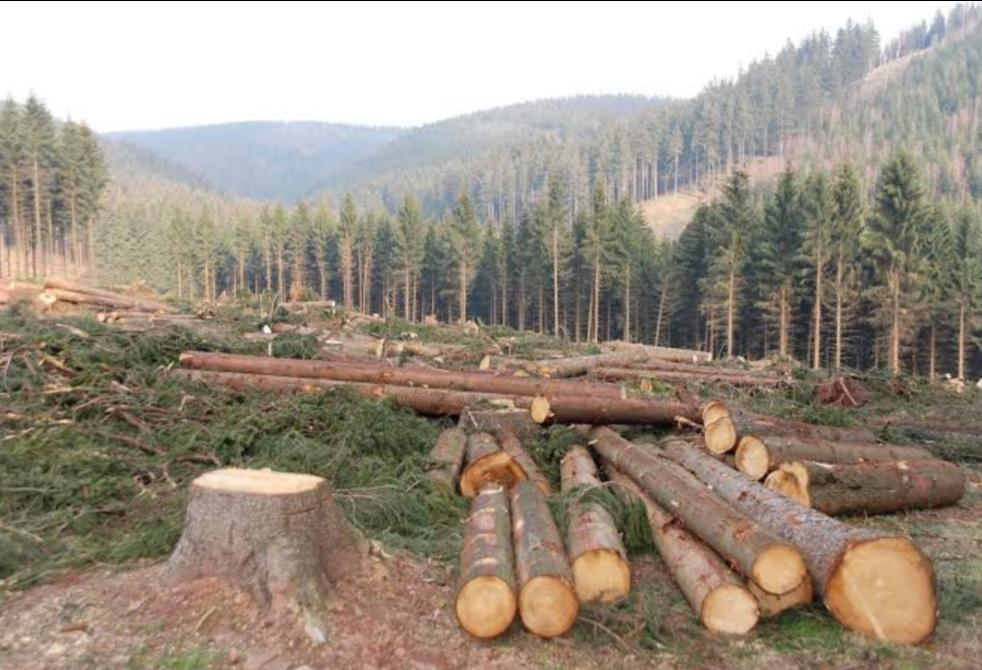
In the wake of Australia’s bushfire crisis, social media is awash with images of animals in various states of distress being assisted by well-meaning and caring people. And while some of these stories are portrayed as ‘heartwarming’ fluff pieces, it’s important to understand that wild animals that appear to be particularly docile, or even approaching humans is not natural behaviour — and in fact indicates that the animal is disoriented and/or distressed.
“Buy Organic Products Online at best prices at http://www.getgreen.co.in “.
Do you know how to recognise a distressed animal when you see them?
Learning what signs to look for is an important first step to assisting native animals who might be injured or heat-stressed.
- Nocturnal (active at night) animals, such as possums, out during the day
- Tree-dwelling animals such as koalas, on the ground
- Birds or animals displaying any loss of balance, collapse, confusion or panting
- If you come across a wild animal being docile — ie. if you can approach them and they don’t run away — this is a sure sign that they are not well and need urgent care.

I have spotted a native animal that I think might need help. What should I do?
If you have found an animal who is visibly distressed,
- Wrap them loosely in a blanket or towel if it is safe to do so* and place them in a cardboard box, before placing the box in a dark, quiet, and cool place.
*Note that injured animals will often be quite frightened, so if you feel worried they may scratch or bite try gently ushering them into a washing basket without touching them instead of wrapping them in a blanket or towel.
- Offer water but not food and call a wildlife carer immediately, or your local vet. Never pour water into an animals’ mouth — this is not natural and can cause additional distress and even physical harm. Instead, provide cool water in a bowl and allow them to lap from it.
- DO NOT wrap heat stressed animals in wet towels or submerse in water — this can kill them.
- IMPORTANT: If you come across an injured or heat-stressed flying fox (fruit bat) DO NOT TOUCH them. This is for the their own safety. Instead, immediately call a wildlife carer for advice.
- Call your local vet as well as local wildlife group for help. Particularly during natural disasters (eg. bushfires), wildlife carers can be overwhelmed — so it’s worth contacting your vet who can assess the situation and treat injured animals (for free).
- Read Also : Smart Farming: The Future of Agriculture
Be ready for the next time you come across a native animal who needs help
- Prepare an emergency kit to keep in your car including water, a water bowl/dish, a blanket or towel, and a box
- Save a few local wildlife rescue contacts in your phone and local vet numbers (including emergency numbers for after-hours) so that you can be ready to call for help.







